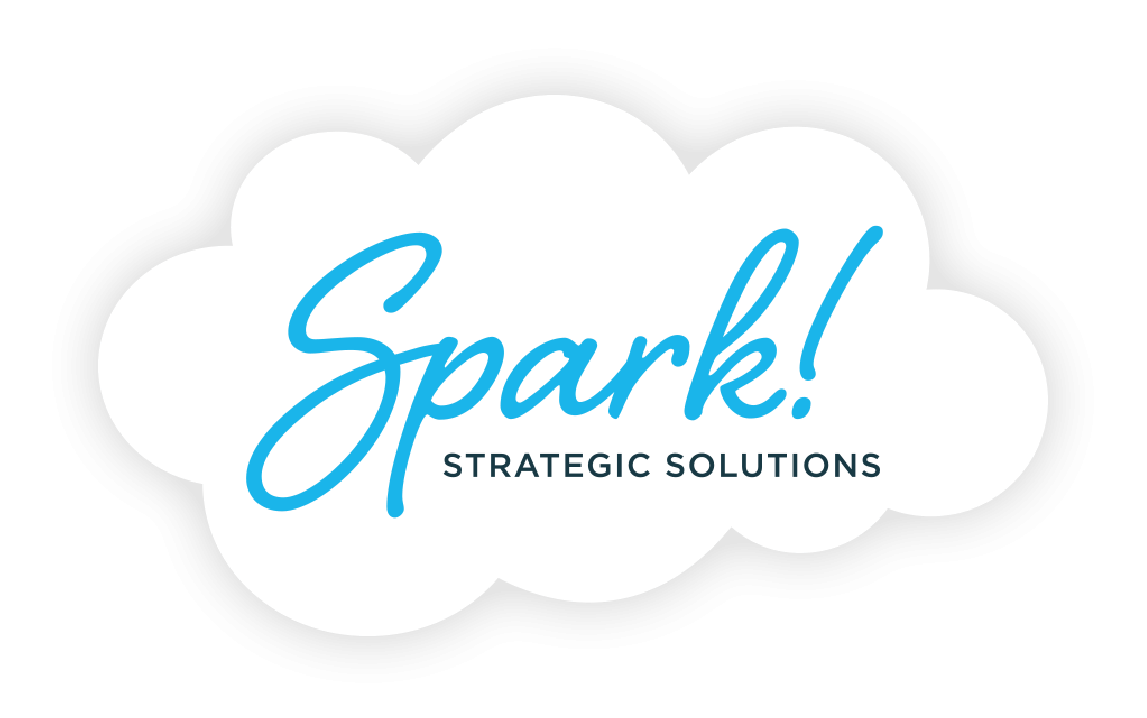
Have you ever left a meeting—a vague meeting— and wondered what it even was you just heard? Or maybe you remember that time you were chatting with a colleague, and they asked you to do something, but you weren’t sure what, and now you don’t know what to do next. Maybe your team is marginally aware of some pending changes, we all know the world is always changing, and this leads to uncertainty.
Uncertainty and confusion can happen when there’s a lack of clear communication in the workplace, and it can be more disruptive than you might think.
- Clarity:
Good communication must be clear. It must seek to answer more questions than it creates. If there is any doubt about the intention of communications, make it more clear. Information should be sent, received, AND comprehended by all involved parties.
- Conflict resolution:
Have you ever seen someone trying to apologize, but they end up making the situation worse? Like with clarity, good communication should resolve conflicts, not create additional ones.
- Kindness:
in any conversation, we should try to exercise kindness. In communicating at work it is helpful to center dialogue on behavior versus personality.
- Two-way street:
Don’t forget, communication is a two-way street. Combining efforts to think, speak, and listen creates a straightforward dialogue.
There are dozens of platforms we use nowadays to communicate with each other, including social media, text messaging, email, phone calls, video calls, face-to-face meetings, and instant messaging platforms. Each channel serves its own purpose, with different demographics and audiences, which can inadvertently adjust the interpretation of the messaging. With all these channels open for communication, it’s important to identify what you want to communicate, and where you want to communicate it.
Additionally, information should flow freely from the top down, and from the bottom up. That’s not to say every little company update should be disseminated in a memo, or that confidential info should be shared with the entire organization. Instead, providing routine company updates from the top and sharing new ideas and concerns from the bottom helps align the team around a common goal and increase collaboration.
Understanding the communication styles of your team members is essential to communicating clearly and effectively. Do your team members prefer structured meetings or free-flowing brainstorming sessions? Some may prefer written communications, verbal, or a combination of both. Others with disabilities might even need specific types of communication to fully comprehend things.
When you know how your team processes and responds to new information, it’s easier to plan how you communicate with your team to increase productivity and efficiency. Above all else, it’s important to remember to communicate effectively with your team to keep things on track and running smoothly.
Empty space, drag to resize



